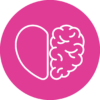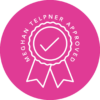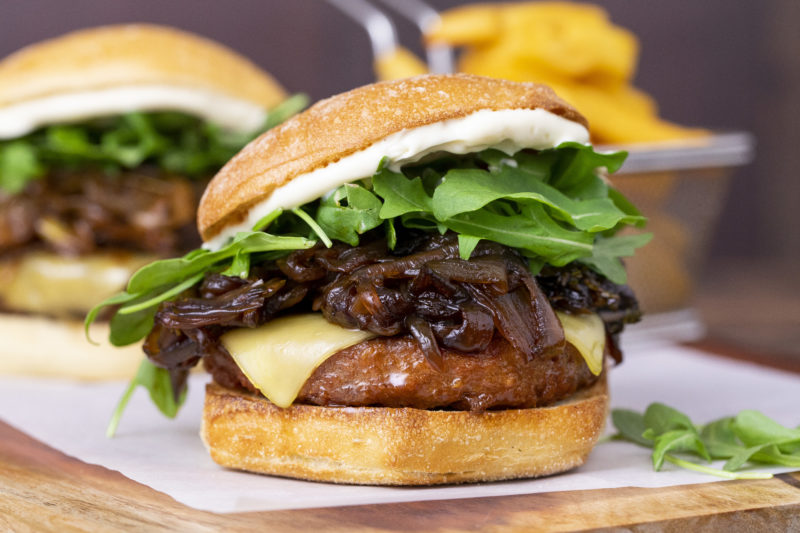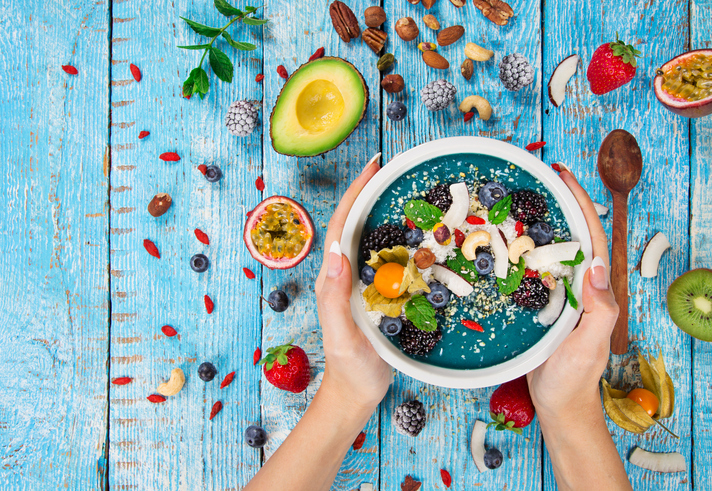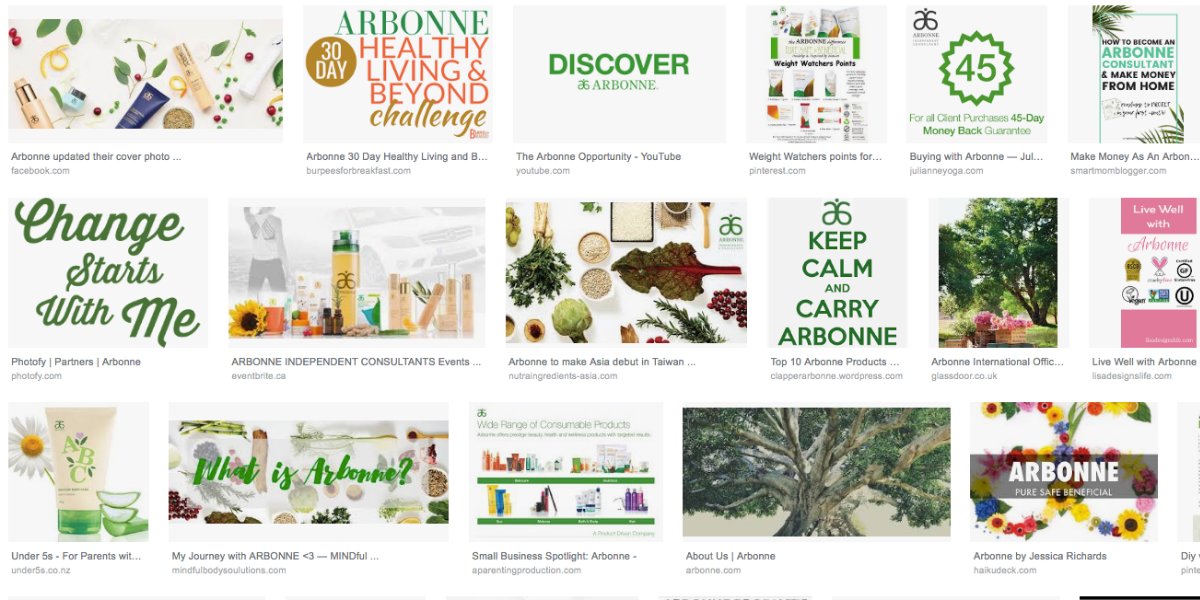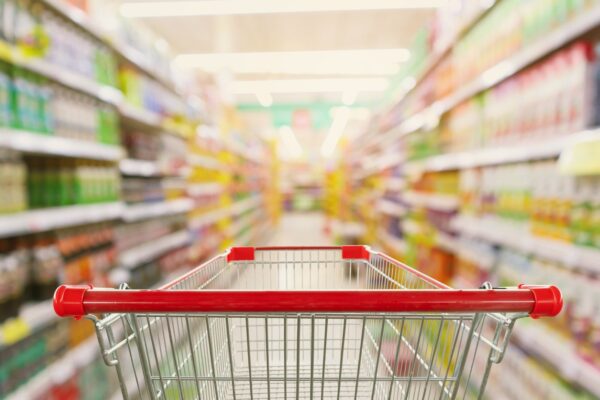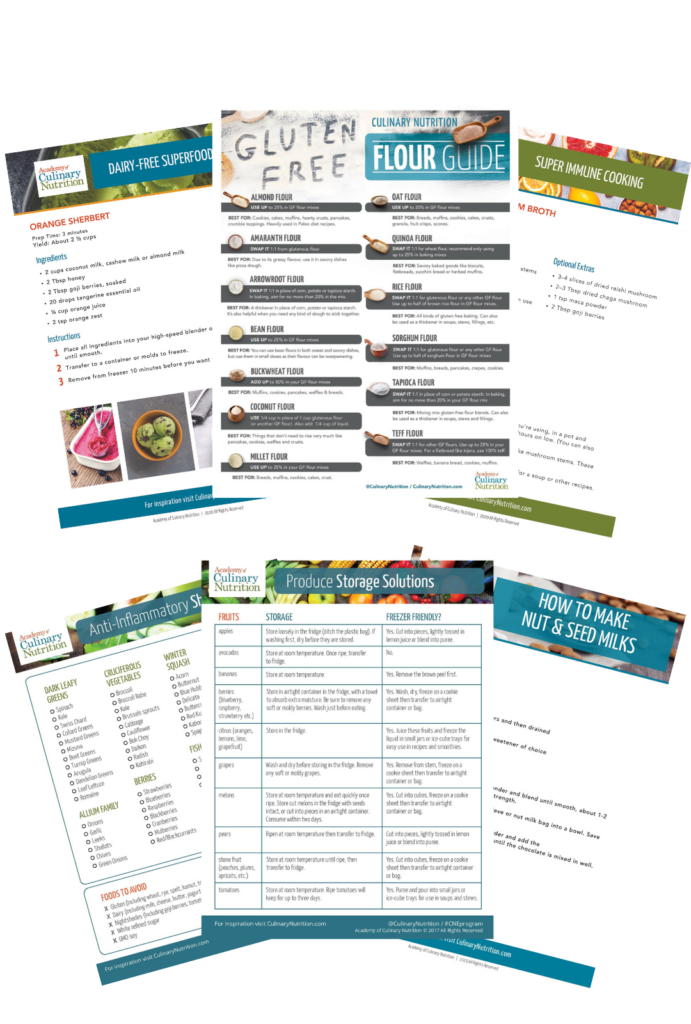Soy Foods: Hidden Sources, Health and Environmental Impact
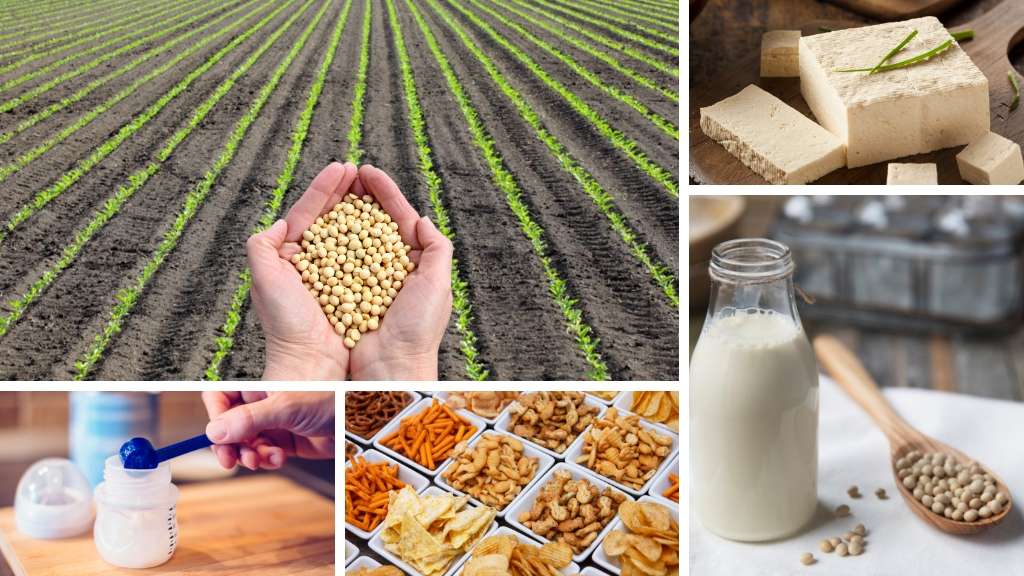
Soy foods are a sensitive topic to some and throughout the years, I have tried to share the best of my knowledge about soy foods so you can make an informed decision about it. I avoid soy as much as possible, not because soy – when consumed in the optimal forms (more on that below) – is a bad choice, but rather the source of soy and how it’s transformed and hiding in so many unexpected places. Are soy foods good for us and can they be part of a healthy diet?
Soy Foods: Health Impacts
Allergies
Soy is a top allergen in Canada and the US, especially for children. Many kids outgrow their soy allergies, but not all do. There are also many adults who don’t have a full-blown soy allergy, but are intolerant to it.
Hormone Imbalance
Soy products have a phytoestrogenic effect, which means they mimic our own production of estrogen in the body. Though many studies show this effect can actually help prevent cancer, other evidence (and many women) cite that soy creates all kinds of hormonal issues relating to thyroid issues and severe hormonal imbalance.
Soy is an abundant source of phytoestrogens and is certainly a contributing factor because it is so ubiquitous (more on that below). You can read up on phytoestrogens here.
Digestion
As a legume, soybeans can be difficult for some of us to digest. They contain enzyme inhibitors that impair our ability to absorb certain minerals like zinc, calcium and magnesium, and can impact protein digestion.
Healthwashed Soy
I’ve written about healthwashing numerous times and soy is a heavily healthwashed product. Let’s face it, most processed soy foods aren’t using organic, non-GMO soy as the source. Soy foods such as faux sausage, turkey, hot dogs and bacon are often splashed with lofty health claims but they are usually not healthy. Often, these soy foods are junk disguised as a healthy option – they are heavily processed, contain other potentially harmful ingredients like gluten, unhealthy oils, excess salt, excess or added sugar, natural flavours and preservatives.
soy foods and the environment
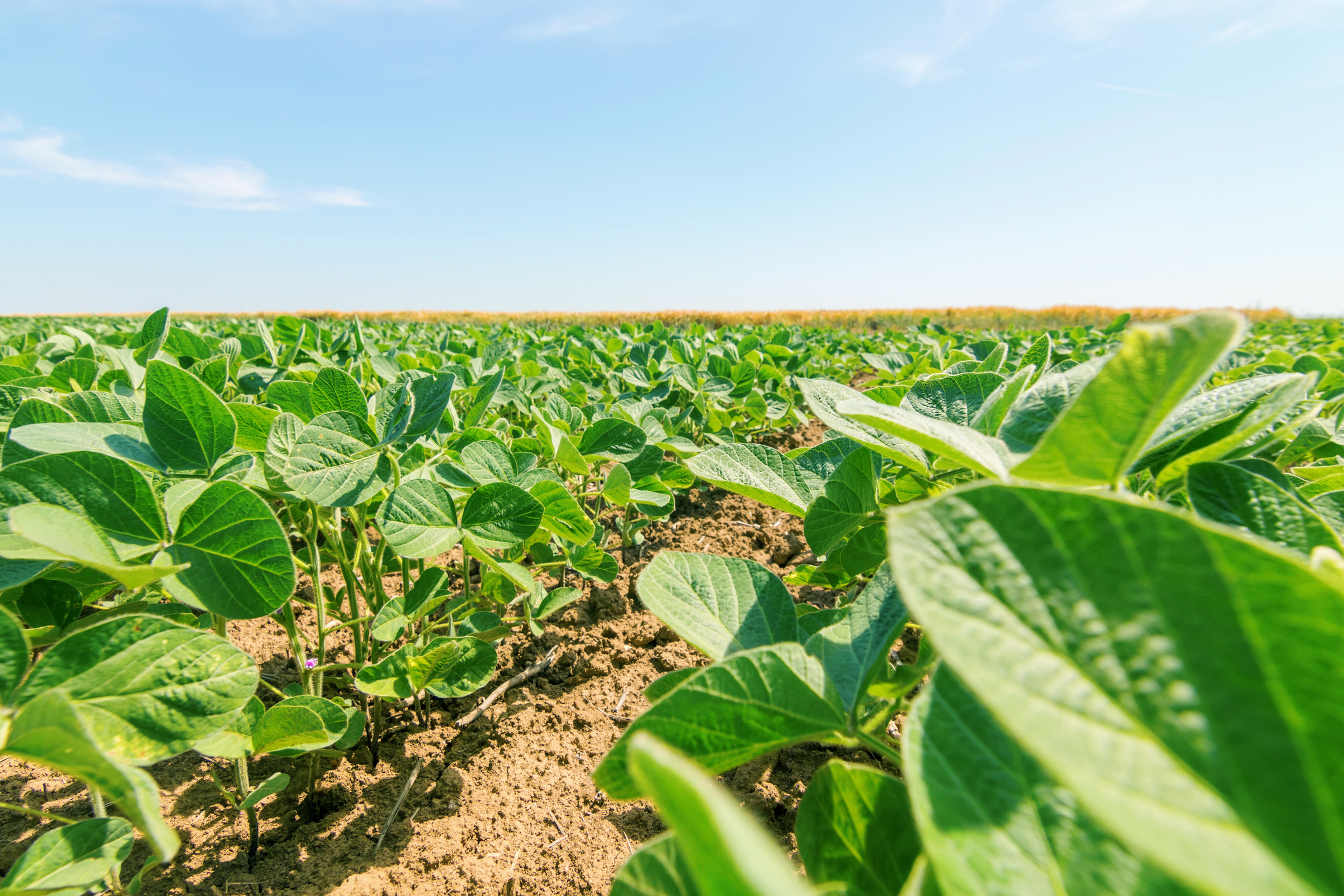
There’s no question that breeding animals for food, wastes an enormous amount of natural resources and pollutes our air and waterways, and sacrifices lives. A mainly plant-based diet is far gentler on the earth.
But is soy consumption the answer to healing the planet?
Genetic Modification
Genetically modified foods like soy have a detrimental impact on the environment. They threaten biodiversity and create pollution that destroys waterways, land and wildlife. They also contribute to deforestation, as land is converted to plant more soy crops.
Unfortunately, many soy products on the market have been genetically modified. In the United States, an astounding 94% of soy crops are genetically engineered. Here in Canada, soybeans are a growing biz, too. Last year, we grew over 7.7 million metric tons of soy, mostly in Ontario, Quebec and Manitoba. The amount of genetically modified soy planted in Canada has been growing during the last few years – in 2019 farmers planted 2.3 million acres worth, up from 1.84 million in 2015.
So what does all this mean? It means we can’t recognize genetically modified soy as actual food, so our bodies don’t know how to digest, absorb and use it as fuel. GMO foods have also been linked to numerous health issues, including allergies, liver problems, infertility and sterility, breast cancer, thyroid disorders, kidney stones and more.
You can get the full lowdown on GMOs here for more information.
Energy Consumption
What about the energy used to transport processed foods all over the world, and all the wasteful packaging that goes along with it? I’ve certainly never seen a veggie dog that doesn’t come wrapped in plastic and cardboard. Vegan, plant-based foods like dairy-free milk, ice cream, meat alternatives, and egg substitutes have become big business. In the US alone, vegan food sales reached 3.1 billion in 2018. Of course, not all of those products are soy. However, they are going to come in a package. I’m all for eating plant-based, but better to pursue more zero waste options like fresh fruit and veggies and products you can purchase in bulk with your own plastic-free containers.
Not all soy grown is designated for human consumption, either. It’s also diverted to paint, plastics, polyurethane foam, cosmetics, personal care products, detergents and candles, all of which can seep into our environment and pollute it.
Conventionally grown soy can leach pesticides and herbicides into the ground and waterways, damaging the soil and the people who are exposed to these toxins.
Soy Foods Vs. Meat: Which Is Healthier?
There are some people who maintain that soy foods are better for our health and the health of the environment, and are the preferred option to animal products. This is not something I agree with. Both soy foods and animal products have the capacity to be unhealthy. Factory-farmed meat is detrimental to our health, for sure, which I’ve written about in more detail here. Yet mass-produced GMO soy, shaped into bacon and turkey, is a harmful Frankenfood. And I would argue it’s no better for you than hormone-ridden meat.
Organic or fermented soy, along with organic, grass-fed, pastured meat/poultry and wild fish, both have their health benefits if you choose to eat them.
The Ethics of Soy
Let’s be clear: factory farms that cage helpless animals, abuse them and pump them full of hormones and antibiotics are unequivocally inhumane and unethical. I understand that those that abide by the vegan lifestyle, for the most, do not ever allow for an exception to the belief that eating animals is wrong. I fully understand where you are coming from.
That also doesn’t make it ethical or sustainable for our planet to be using hectares of arable land to plant soy that produces Frankenfoods, animal feed, or plastic when that land could be planted with wholesome fruits and vegetables that are edible off the land.
Is it fair to feed animals processed and genetically modified soy feed, which is definitely not part of their natural diet, but which they receive because it’s cheap and easy to grow – and massively subsidized by governments?
Is it ethical to give our children processed soy foods that have as many synthetic ingredients, preservatives and toxins as their meaty counterparts?
When we choose to consume products like tofu turkey or veggie dogs, we are contributing to the demand for fake soy foods that are detrimental to human health, animal health and the planet.
And that doesn’t sound ethical at all.
Hidden Sources of Soy
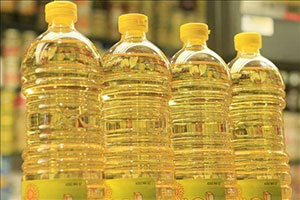
If you’re pan-frying a block of tofu or buying a carton of soy milk, you know that you’re consuming soy. The trouble is, there are many hidden sources of soy that contribute to excessive soy exposure in North America and in Europe, where consumers, directly and indirectly, consume 61kg of soy per year. Soy has infiltrated nearly every processed food on the shelf.
Food and products that contain or often contain soy:
- Bean sprouts
- Bread crumbs, cereals and crackers
- Breaded foods
- Hydrolyzed plant protein (HPP), hydrolyzed soy protein (HSP) and hydrolyzed vegetable protein (HVP)
- Imitation dairy foods
- Infant formula, follow-up formula, nutrition supplements for toddlers and children
- Meal replacements
- Meat products with fillers, for example, burgers and prepared ground meat products, hot dogs, cold cuts
- Miso
- Tofu
- Soy nuts
- Soy milk
- Tempeh
- Nutrition supplements
- Bean curd
- Natto
- Okara
- Sauces, for example, soy sauce, shoyu, tamari, teriyaki, Worcestershire
- Simulated fish and meat products, for example, fake crab, imitation bacon bits, vegetarian burgers
- Gravies, sauces and marinades
- Vegetarian dishes
Other possible sources of soy:
- Baked goods and baking mixes
- Beverage mixes, for example, hot chocolate and lemonade
- Canned tuna and minced hams, for example, seasoned or mixed with other ingredients for flavour
- Chewing gum
- Cooking spray, margarine, vegetable shortening and vegetable oil
- Potato chips
- Frozen desserts
- Lecithin
- Milled corn
- Meat products with fillers, for example, pre-prepared hamburger patties, hotdogs and cold cuts
- Seafood-based products and fish
- Seasoning and spices
- Snack foods
- Soups, broths, soup mixes and stocks
- Soy pasta
- Spreads, dips, mayonnaise and peanut butter
- Thickening agents
- Mono-diglyceride
- Monosodium glutamate (MSG) (may contain hydrolyzed protein)
If you’re trying to avoid soy in packaged foods, your best bet is to check the ingredients list on food labels.
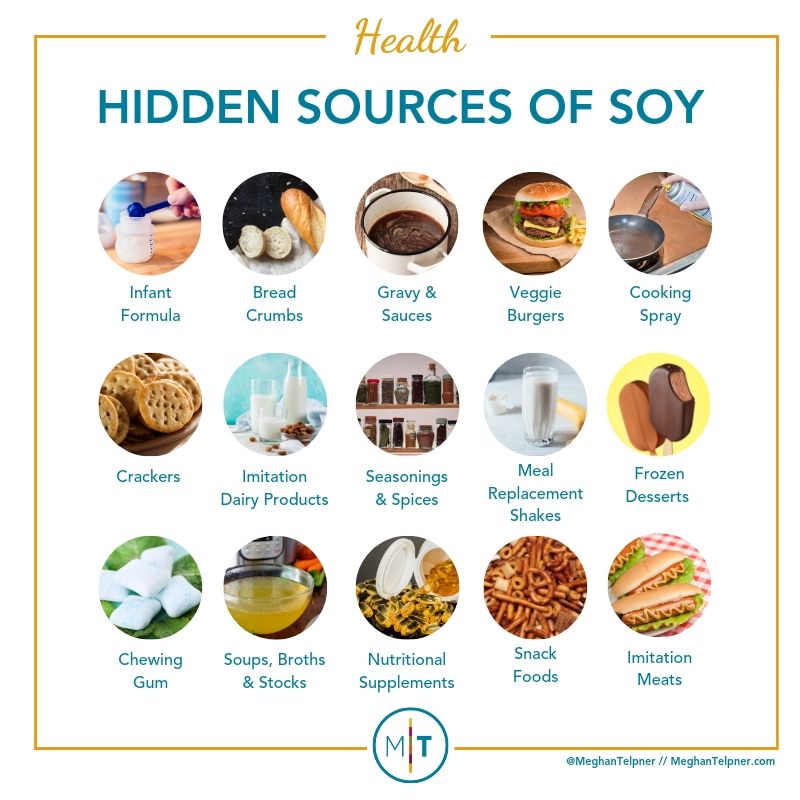
Beneficial Soy Foods
Wait – soy isn’t all bad. There are a couple of kinds of soy that I feel confident eating on the rare occasion and in moderation. These products are available; organic, non-GMO and fermented or sprouted, which are chock full of probiotics, enzymes, vitamins, minerals and protein. These include:
- Tempeh
- Tofu
- Miso
- Gluten-Free Tamari
- Edamame
- Whole, cooked soybeans
But here’s the thing – we don’t eat them every day at every meal. We eat them occasionally, and never in the shape of pepperoni or a turkey.
If you’re against meat for health, environmental and ethical reasons, then why eat a faux soy product that’s meant to mimic its taste and appearance? If you are all about eating plant-based foods then go for it – but don’t go making soy the hero. You can be vegetarian and vegan easily, deliciously and happily without relying on soy foods as a filler or transitional food.
Soy can definitely be part of a healthy, balanced vegetarian, vegan or omnivorous diet, but should it be consumed daily? Definitely not. Unless we actively seek out soy-free foods, there is no way to avoid them – and I do believe we are generally consuming way too much of it.
How To Use Beneficial Soy Foods
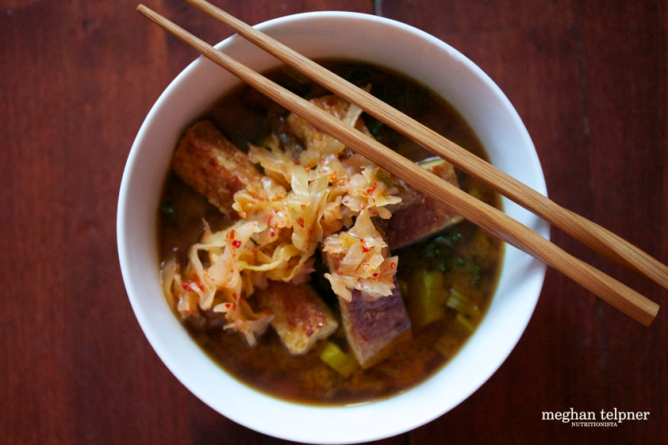
Tempeh
Miso
Tofu
Free Resource Library
Enjoy more than 40 downloadable guides, recipes, and resources.












